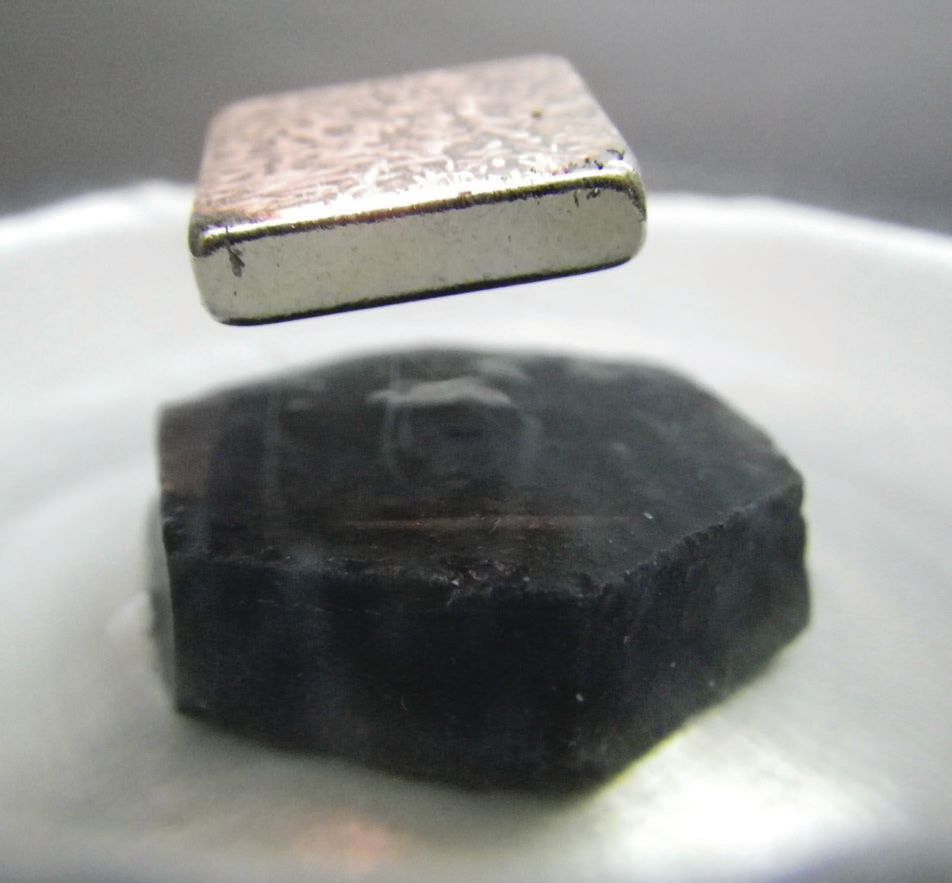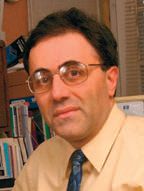Potential of nematicity to effect superconductivity
Dr. Neil Canter, Contributing Editor | TLT Tech Beat May 2016
This finding may help gain a better understanding of how to develop a room temperature superconductor.
KEY CONCEPTS
•
Researchers are trying to develop a room temperature semiconductor and determine the origin of superconductivity.
•
In the class of superconductors known as cuprates, researchers discovered that a breakdown in rotational symmetry known as electronic nematicity occurs.
•
Electron nematicity may either be a competitive phenomenon to superconductivity or facilitate the onset of superconductivity in cuprates at temperatures higher than -135 C.
RESEARCH CONTINUES ON HOW TO DEVELOP MATERIALS that will exhibit superconductivity at higher temperatures, making it more feasible to use in commercial applications. Superconductivity is a phenomenon in which certain metallic materials conduct electricity without causing any resistance and not leading to the dissipation of any heat. In effect, no friction is observed, and power loss is effectively eliminated.
In a previous TLT article, a new superconductor based on the element ytterbium (Yb) and known as YBAL displays a special property known as quantum criticality (
1). This property is observed in many superconductors, but most materials need to be adjusted through exposure to high magnetic fields to achieve quantum criticality. YBAL is unique in displaying this phenomenon at ambient pressure and zero magnetic field.
But YBAL only displays superconductivity at an extremely low temperature—very near to absolute zero. Most identified superconductors operate well below room temperature. The class of superconductors that exhibit superconductivity closest to room temperature is known as cuprates or copper-oxide ceramics. Unfortunately, at this point, the highest temperature seen with a cuprate is -135 C (-211 F), still well below room temperature.
Figure 2 shows a rare earth magnet floating above a superconductor cooled to the temperature of liquid nitrogen. The reason the magnet is floating is due to the superconductor acting also like a magnet with the same pole leading to repulsion.
 Figure 2. Superconductivity, as exhibited by this image of a rare earth magnet floating above a superconductor, is still observed only at low temperatures. A new study may lead researchers to learn more about the origins of superconductivity and how to enable it to occur at room temperature. (Figure courtesy of the University of Waterloo.)
Figure 2. Superconductivity, as exhibited by this image of a rare earth magnet floating above a superconductor, is still observed only at low temperatures. A new study may lead researchers to learn more about the origins of superconductivity and how to enable it to occur at room temperature. (Figure courtesy of the University of Waterloo.)
David Hawthorn, associate professor in the department of physics and astronomy at the University of Waterloo in Waterloo, Ontario, Canada says, “One of the challenges faced in studying superconductivity is that this is not the only thing happening in these materials. There are other related phases of matter that compete and/or coexist with superconductivity. One such phase, known as a nematic, occurs when electrons within a crystal lattice develop a distortion to lower the free energy of the material.”
Hawthorn explains that electrons in the cuprates often orbit atomic nuclei in orbits that are four-fold symmetric—the orbit is the same as one rotated by 90 degrees. Nematicity occurs when the electrons orbits are elongated in one direction, akin to distorting a spherical orbit into an elliptical orbit.
Hawthorn feels that there are two main threads taking place with regard to superconductivity. He says, “The first objective is for researchers to develop a room temperature superconductor that can readily be used in technical applications to improve the efficiency of many applications. The second objective is the challenge to physicists to determine the origin of superconductivity because there is no consensus at the moment.”
Hawthorn believes that the solution involves identification of key bits of physics and putting this information together to capture the essence of the physics of superconductivity. One step taken in that direction is current work done to better understand the nature of nematicity.
RESONANT SOFT X-RAY SCATTERING
Hawthorn and his research associates have used a technique known as resonant soft x-ray scattering to study the structure of the atoms present in the cuprates and gain specific information about electrons orbiting around these atoms. He says, “We found that in using this technique on a series of cuprates, a breakdown in the rotational symmetry of these materials was observed below room temperature as electron orbitals moved from four-fold rotational symmetry to an elongated, rod-like configuration. This phenomenon is known as electronic nematicity.”
Soft x-ray scattering is particularly useful in studying not only atoms but the positioning of electrons. Hawthorn says, “This technique has been used for about 15 years. X-rays are waves that can diffract or interfere with periodic structures electrons can form in crystals. Polarization of the x-rays enables us to gain the sensitivity to see how the electrons around copper atoms orbit specifically in the 3d orbitals that are present in the outer section of the atoms.”
The researchers studied a specific class of cuprates known as stripe-ordered cuprates. Hawthorn says, “In stripe ordering, electrons are bunched up into high concentrations of negative charge in specific regions and are not present in other areas. This effect was found about 20 years ago and excited researchers because it might provide further insight into the nature of superconductivity.”
A series of cuprates prepared with metals including lanthanide, strontium, barium, europium and neodymium all show electronic nematicity. Hawthorn says, “Electron nematicity and stripe ordering in cuprates may serve as competitive phenomenon to superconductivity. But they could also help to facilitate the onset of superconductivity at a higher temperature than -135 C.”
Future work by the researchers will involve modification of the crystalline structure of cuprates in the hope of tuning electron nematicity so that it will enable the material to move into a superconducting state.
Additional information can be found in a recent article (
2) or by contacting Professor Hawthorn at
dhawthor@uwaterloo.ca.
REFERENCES
1.
Canter, N. (2011), “A unique superconductor,”
Tribology and Lubrication Technology,
67(5), p. 14-15.
2.
Achkar, A., Zwiebler, M., McMahon, C., He, F., Sutarto, R., Djianto, I., Hao, Z., Gingras, M., Hucker, M., Gu, G., Revcolevschi, A., Zhang, H., Kim, Y., Geck, J. and Hawthorn, D. (2016), “Nematicity in stripe ordered cuprates probed via resonant x-ray scattering,”
Science,
351(6273), p. 576-578.
 Neil Canter heads his own consulting company, Chemical Solutions, in Willow Grove, Pa. Ideas for Tech Beat can be submitted to him at neilcanter@comcast.net
Neil Canter heads his own consulting company, Chemical Solutions, in Willow Grove, Pa. Ideas for Tech Beat can be submitted to him at neilcanter@comcast.net.